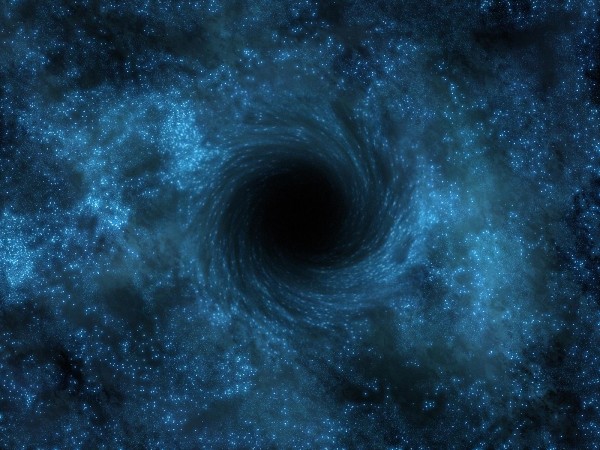Hawaii – A recent detection of a pulsing light has made the astronomers conclude that lights flashing from the depths of the space can help discover the existence of black holes in two different galaxies. This detection of a pulsing quasar can prove that the black holes located at the center of two different galaxies […]
Hawaii – A recent detection of a pulsing light has made the astronomers conclude that lights flashing from the depths of the space can help discover the existence of black holes in two different galaxies. This detection of a pulsing quasar can prove that the black holes located at the center of two different galaxies finally end up as twins locked gravitationally around each other in close orbit.
The latest pulsing light detection is important evidence that supports the above theory.
The study was published in the Astrophysical Journal Letters. One of the authors and an astronomy Professor, Suvi Gezari has said that his team believes that what they observed was a merger of two supermassive black holes that were very much closer than any of the black holes that were ever found before. According to the Einstein’s theory of general relativity, the closely held duo of the black holes is also giving out gravitational waves.
This discovery was made using the PAN-STARRS1 Medium Deep Survey telescope in Hawaii by the University of Maryland astronomers. This newly discovered quasar, PSO J334 2028+01.4075 is emitted from a massive black hole having 10 billion solar masses. It emits flashlight periodically after every 542 days.
Since the output of the quasars is not in particular rhythm and not even regular, astronomers believe that the source is associated with two black holes and not with only one object.
Brightest Galaxy Energy Sources-Quasars
The black holes consume the surrounding matter, heat and accelerate it to a point at which the matter starts emitting energy in massive amounts. It causes the formation of some of the brightest sources of energy in the galaxy. These flashing or pulsing lights are known as quasars.
According to scientists when two black holes orbit as a binary pair, they consume the matter in a cycle causing the emission of such quasars. The intensity of the light can be dimmed or bright depending on the heat and acceleration of the matter.


Leave a Reply